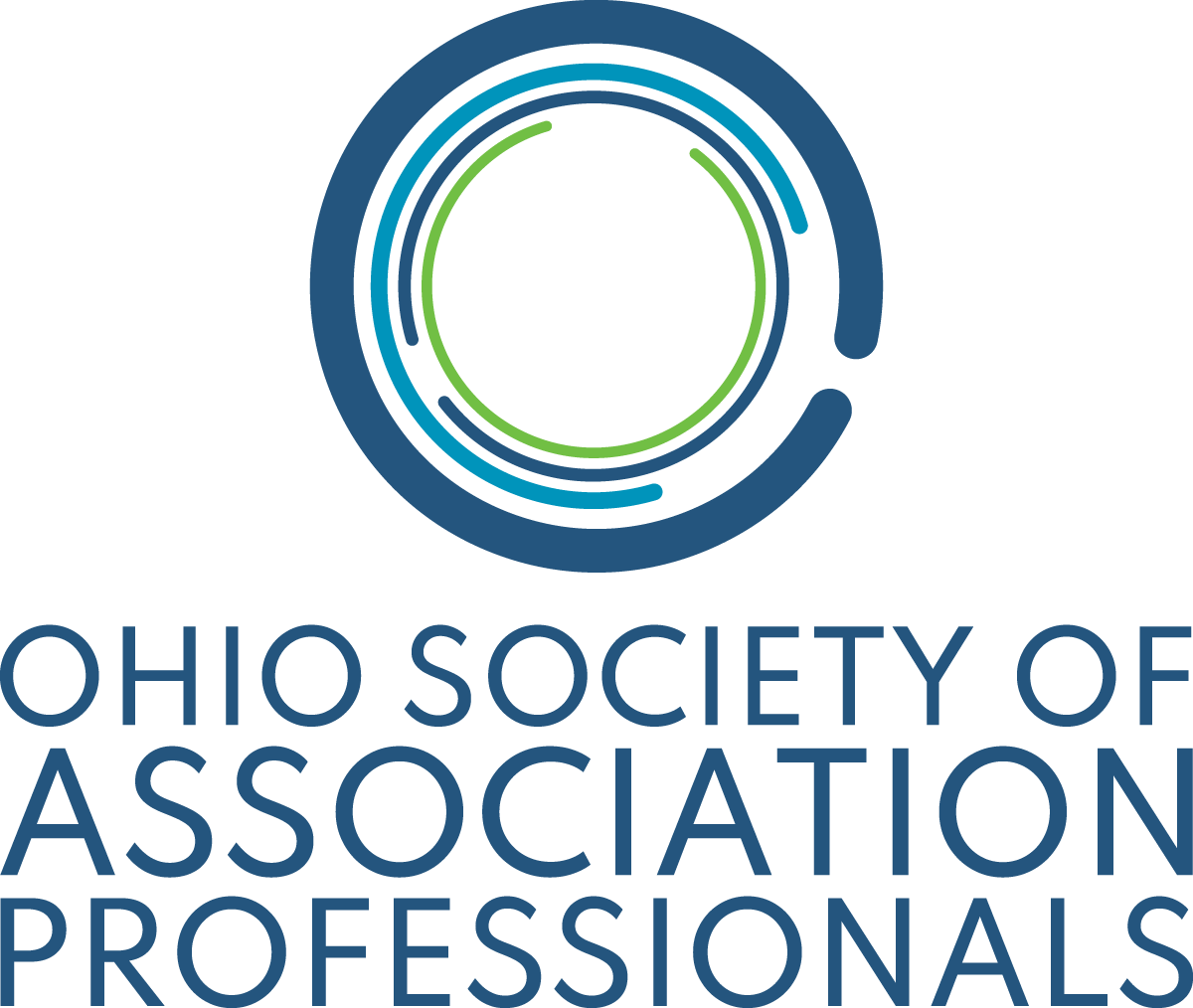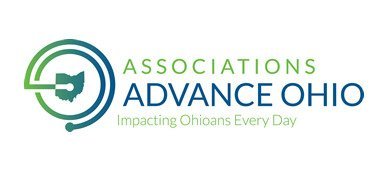Complete Story
08/19/2025
Breaking the Hourglass
Examine how nonprofit 'communication norms' undermine leadership
written by Avi. S. Olitzky, the president and principal consultant of Olitzky Consulting Group, based in Minneapolis, Minnesota. Olitzky presented at the OSAP 2025 annual conference in Toledo, Ohio. He can be reached at avi@olitzkyconsulting.com.
In today's nonprofit landscape, governance and management face mounting pressures. Board members are expected to be more engaged, leadership teams must navigate an evolving workforce and staff demand greater transparency and inclusion in decision-making. These shifts have led many organizations to blur the lines between governance and operations – often with unintended consequences.
One of the most overlooked but corrosive dynamics in nonprofit governance is the breakdown of structured communication between staff and board members. I call this the hourglass model, where staff communicate only through the CEO, who relays messages to the board chair, who then filters them to the full board. In turn, the board speaks only to the CEO, who manages communication downward.
At first glance, this structure may seem overly rigid or hierarchical, but it exists for a reason. When staff members begin engaging directly with board members outside of committee work or formal presentations, and when board members initiate operational discussions with staff, the organization drifts into dysfunction. This is not about restricting transparency; it is about preserving clarity, accountability and trust.
The Modern Nonprofit Dilemma
Many nonprofits operate with a deep commitment to collaboration and accessibility. Leaders take pride in fostering an open-door culture where staff feel heard, and board members want to be approachable. However, without guardrails, this openness can lead to unintended toxicity.
In a time when social media, remote work and shifting power dynamics have made traditional hierarchies feel outdated, the instinct to flatten communication channels is understandable. Younger employees, in particular, often expect direct access to decision-makers and "a say" in governance-level conversations. Simultaneously, many board members – especially those accustomed to corporate environments – feel compelled to be hands-on, even when doing so pulls them into operational matters best left to staff leadership.
The problem is that these well-intended impulses often lead to gossip, governance creep and role confusion. The nonprofit sector is already susceptible to burnout and blurred boundaries; failing to reinforce structured communication only exacerbates these issues.
The Consequences of Unstructured Communication
When nonprofit staff and board members engage directly without a structured process, several dysfunctions emerge:
1. Toxicity and Gossip
Informal conversations between staff and board members often become a breeding ground for tongue-wagging – comments like "I heard that…" or "Someone told me…" gain influence. Whether accurate or not, these unchecked narratives shape board perceptions and staff morale, creating unnecessary friction.
2. Triangulation and Gamesmanship
Staff members frustrated with leadership may seek sympathy from board members, using them as leverage to influence internal decisions. Likewise, board members may form alliances with staff members to bypass the CEO, undermining the chain of command and weakening leadership authority.
3. Governance Creep: The Board Gets Pulled into the Weeds
Nonprofit boards exist to provide strategic oversight, not to manage day-to-day operations. When board members develop direct relationships with staff regarding operational matters, they start offering feedback or directives outside of their purview. Meetings become bogged down with tactical concerns instead of strategic priorities.
4. The CEO Gets Pulled into the Muck
When board members receive conflicting messages from staff, the CEO is forced to spend time reining in conversations, correcting misinformation and restoring governance boundaries. Instead of focusing on mission-driven leadership, the CEO is stuck refereeing internal disputes.
Rethinking Governance in a Changing Sector
While some might argue that a more fluid communication model aligns with the increasing push for transparency in the nonprofit sector, true transparency is not the same as unstructured access. It’s about ensuring the right information reaches the right people in the right way.
To balance openness with governance discipline, nonprofits must:
- Define and Reinforce Communication Boundaries
Staff should engage with the board only within designated contexts – committee work, board presentations and structured input sessions. Board members should direct concerns to the CEO rather than staff, even when informally approached. These boundaries should be outlined in governance documents and emphasized in board and staff orientations. - Use the Board Chair as a Strategic Buffer, Not a Bottleneck
The board chair plays a critical role in filtering and contextualizing board conversations with the CEO. However, they should not act as an unnecessary gatekeeper who prevents information flow. Instead, they should ensure discussions remain strategic and do not drift into operational micromanagement. - Foster a Culture of Trust Without Bypassing Leadership
Staff should feel comfortable raising concerns – but through the right channels. Board members should feel confident that they are getting a clear picture of the organization, but without undercutting the leadership team. Governance structures should encourage dialogue while maintaining accountability. - Resist the Temptation of Over-Engagement
In an era where "hands-on" governance is often seen as a virtue, board members must recognize that the best way to support the organization is to focus on big-picture impact, not individual staff conversations. Strategic guidance, financial stewardship and long-term planning should remain their primary responsibilities.
Conclusion: Protecting Nonprofit Leadership from Dysfunction
The nonprofit sector operates in an era of increasing complexity, where organizations are expected to be more transparent, more responsive and more inclusive than ever. But openness without structure breeds confusion.
The hourglass model exists not to stifle communication but to ensure clarity. When it collapses, nonprofits descend into distraction, with board members meddling in operations and CEOs drowning in internal politics. To protect the integrity of nonprofit governance, organizations must reinforce structured communication, ensuring that engagement remains intentional, disciplined and mission-driven.
Nonprofits don’t just need strong leaders – they need strong systems that protect leadership from dysfunction. Breaking the hourglass model may seem like a progressive move, but in reality, it undermines the very leadership nonprofits depend on to advance their missions. It’s time to recognize that structure, far from being an obstacle, is what allows great nonprofits to thrive.






